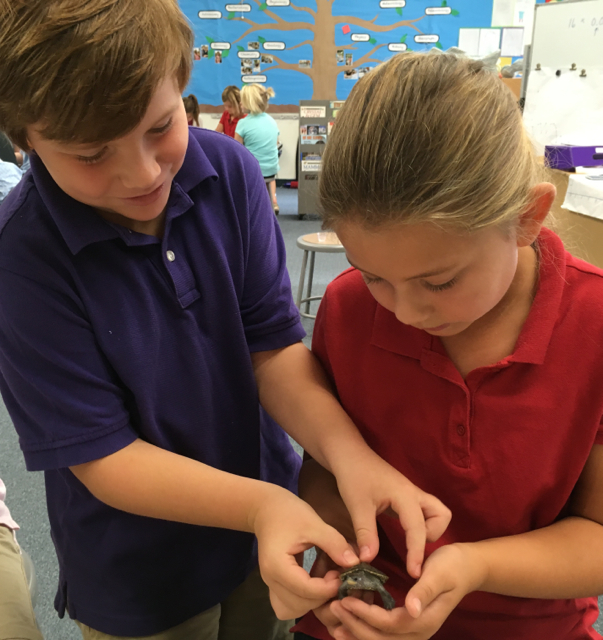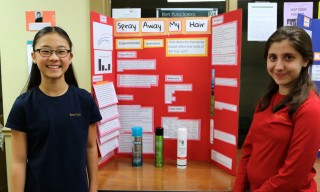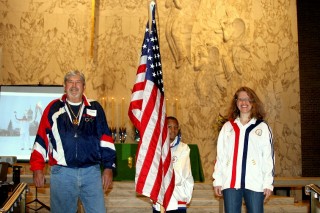For ten consecutive years, Kent School, serving Preschool through Grade 8 on the bank of the Chester River in historic Chestertown, MD has raised terrapins in the classroom in conjunction with several environmental organizations as part of the Lower School Bay Studies curriculum. The School’s most recent partnership with The National Aquarium in Baltimore began six years ago. According to their website, “The National Aquarium’s Terrapins in the Classroom Program brings Maryland students face to face with the state reptile, the diamondback terrapin (Malaclemys terrapin).”
This academic year, Kent School is one of a handful of schools asked to raise two terrapins each under different conditions. One terrapin will be raised in a tank with slightly higher water temperature. The resulting data will help scientists better understand the possible effects of global warming on terrapin nesting habits.
Kent School’s fourth grade students are responsible for measuring weight and growth of the two terrapins at timed intervals. Their data is recorded and shared with the National Aquarium’s Terrapins in the Classroom database. In addition to naming the school terrapins (Squirt and Chesapeake) fourth grade students are responsible for care and feeding of the terrapins throughout the year. In the spring, the students will embark on a field trip to Poplar Island where they will release Squirt and Chesapeake into native marsh habitat. Temperature-dependent sex determination will be of particular interest when Squirt and Chesapeake are released.
Pam Deringer, Lower School Science teacher, seamlessly weaves the terrapin study into her Bay Studies curriculum. Over the course of the academic year, Deringer leads fourth grade students in a hands-on, inquiry based exploration of Chesapeake Bay Studies.



